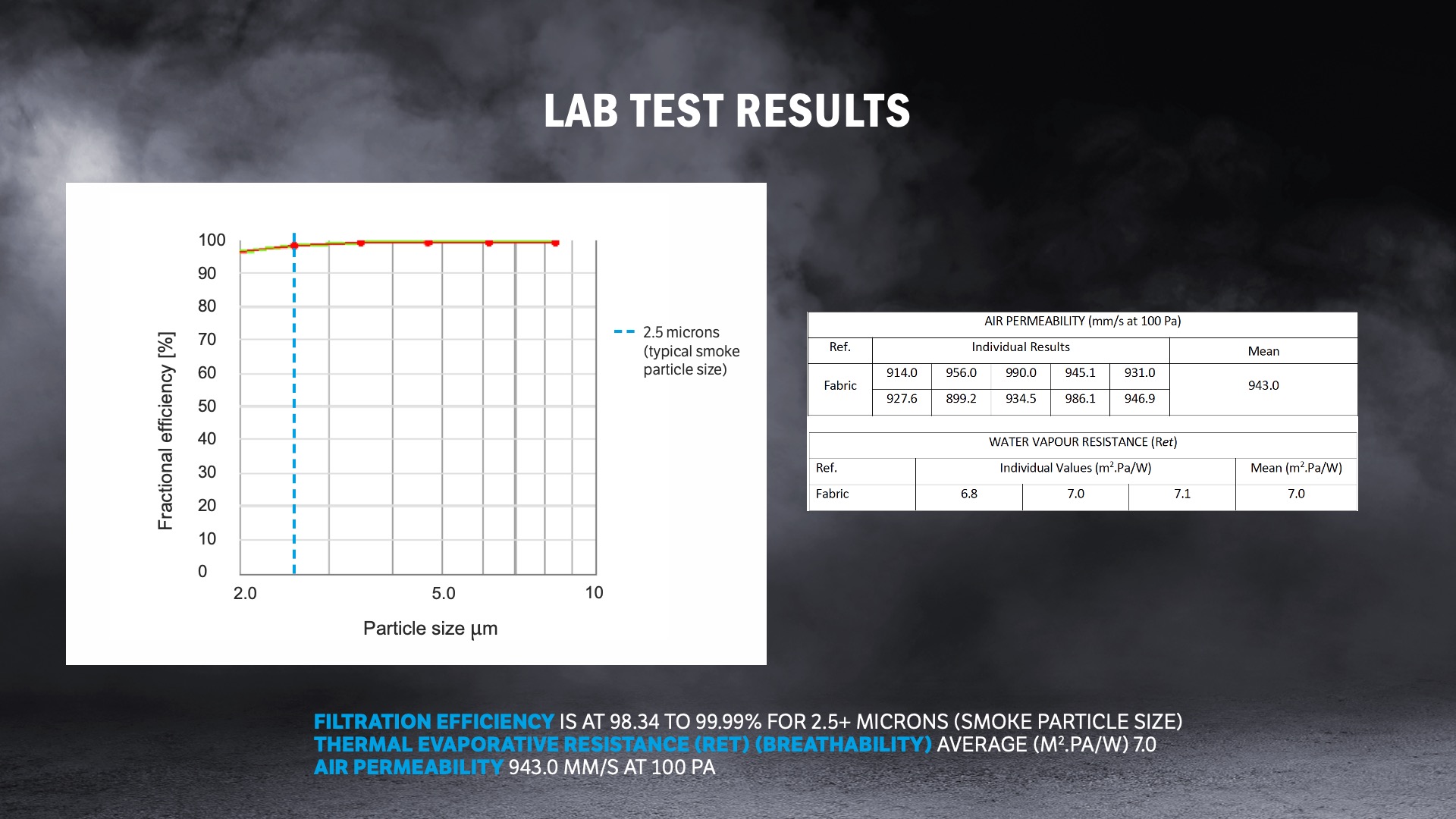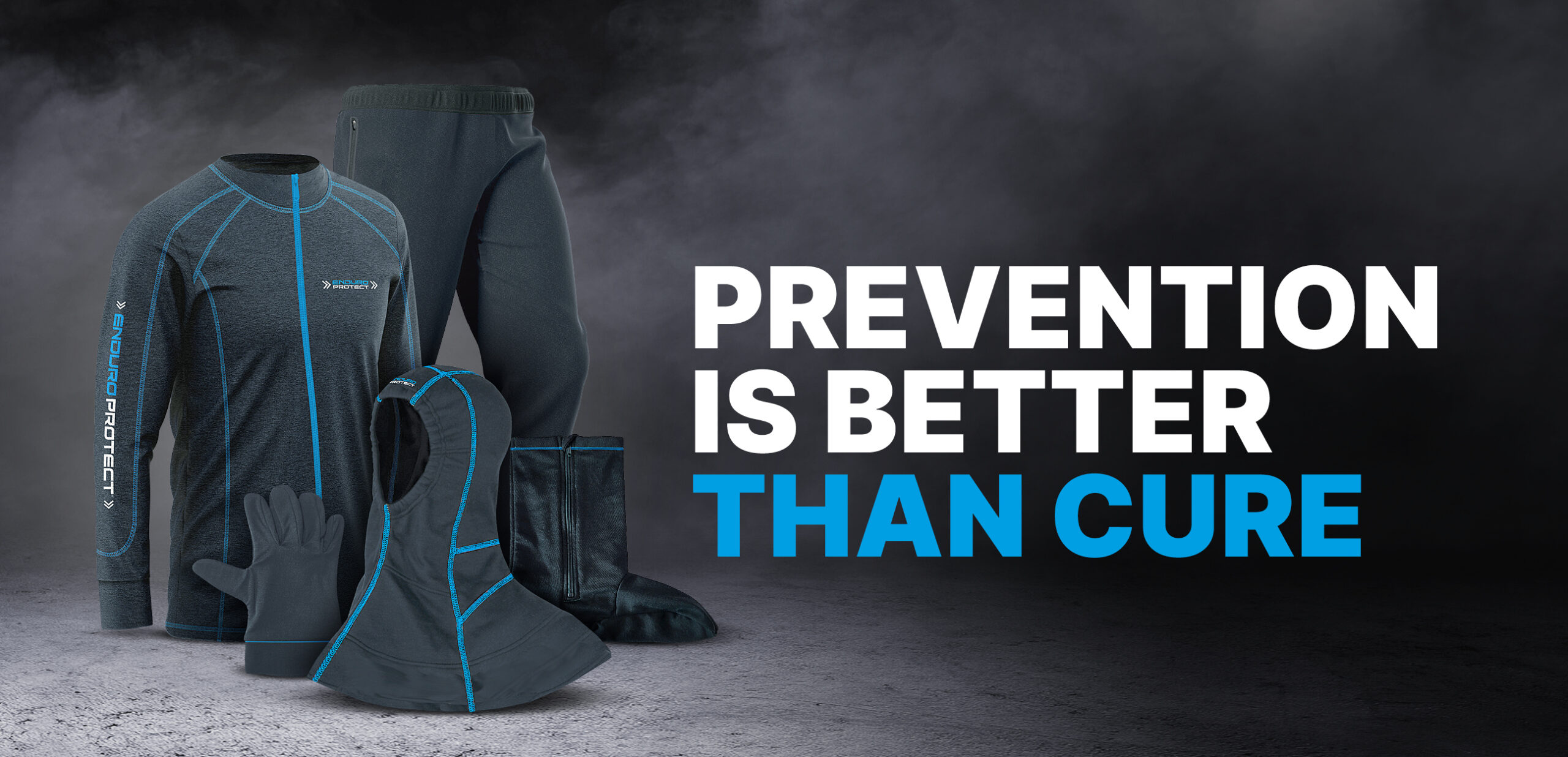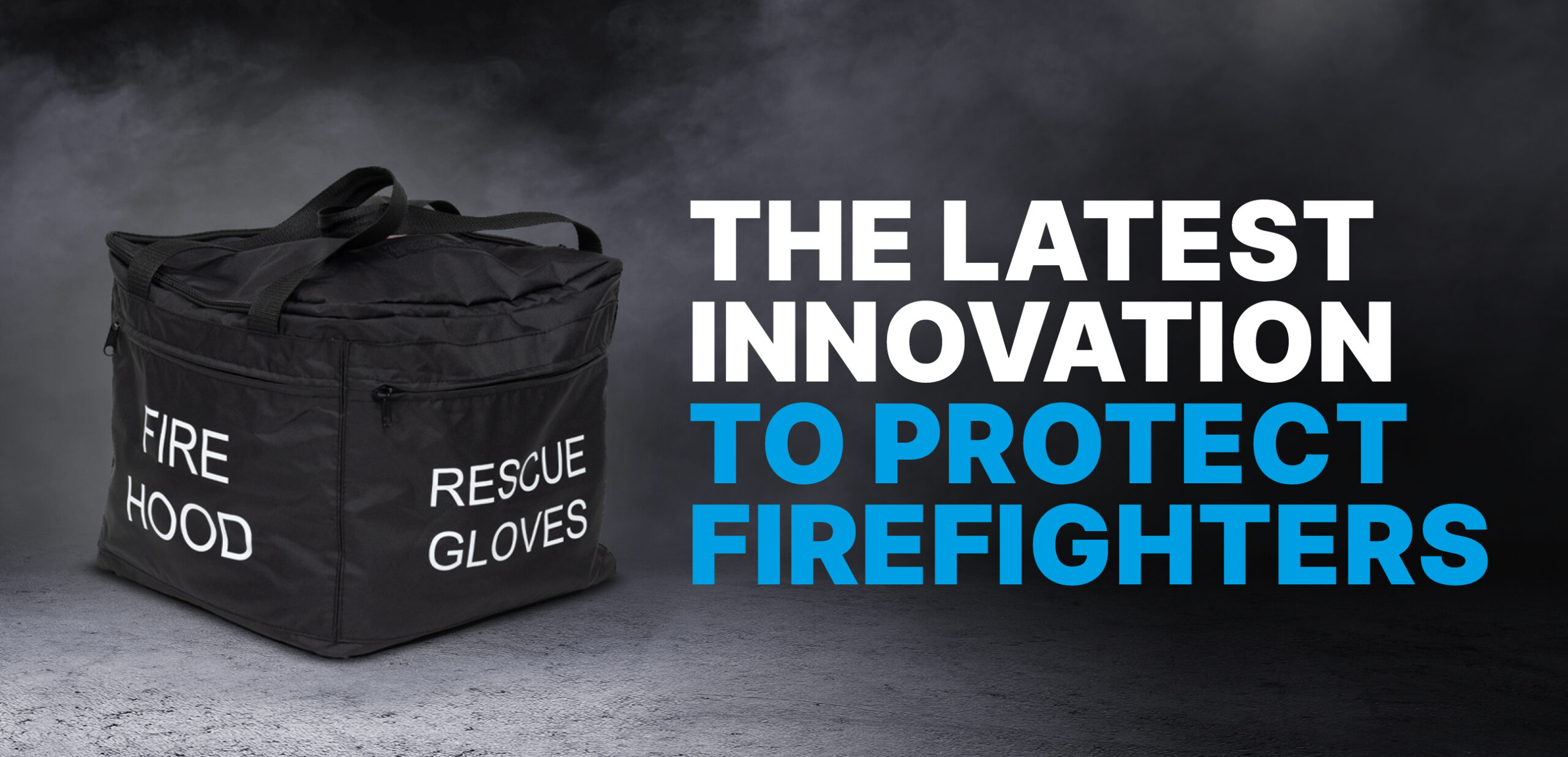In April 2024, workmates of Ollie Hatfield, a loving husband and father of three, ran 10 km in full gear in memory of Ollie and hundreds of other firefighters whose lives had been affected by cancer. Ollie was only 39 years old when he died of bowel cancer. Major research commissioned by the Fire Brigades Union (FBU) and published in early 2023 showed that firefighters’ mortality rates from all cancers is 1.6 times higher than the general population. The same study also revealed that firefighters are dying from heart attacks at five times the rate of the general public and almost at three times the rate from strokes. In addition, mortality rates for certain types of cancer such as prostate, leukaemia, and oesophageal are significantly higher in firefighters.
Commenting on the research findings, Riccardo la Torre, the Fire Brigades Union national officer, said:
“This is a study that should horrify fire services and the government. This is about firefighters dying who did not need to. We know that there are clear ways we can make things better for firefighters. We need health surveillance. We need monitoring of exposures. We need legislation that will ensure that affected firefighters are given the compensation they deserve. At the moment we are sorely lacking in all of these areas. It is high time that ends. We cannot lose any more firefighters unnecessarily. Lives are being lost amongst our friends and colleagues and it must stop. We need to catch problems early and mitigate problems early.”
Thanks to AI, DNA sequencing, precision oncology, and other technologies, cancer treatment and diagnosis is improving rapidly. However, few would deny that when it comes to a deliberating, potentially fatal diseases, the old cliché ‘prevention is better than the cure’ rings truer than ever.
The true cost of firefighter cancer
The total cost of cancer is seldom discussed. But for families dealing with a loved one receiving cancer treatment, managing finances is yet another challenge on their already overburdened plate. From employing childcare for when the patient has to attend chemotherapy or other cancer treatment to loss of income and hospital travel/parking expenses, the personal cost of cancer quickly adds up. Cancer treatment takes a significant portion of the NHS budget, with a single round of chemotherapy costing around £30,000. And this is on top of specialist consultations, treatment plans, surgery, and rehabilitation costs.
Causes of firefighter ill-health
Firefighters are exposed to multiple factors that can cause ill-health, including:
Thermal burden and heat stress
Thermal burden and heat stress can cause significant health issues. Research shows that more than three-quarters of firefighters have experienced heat-related illness symptoms such as headaches, sudden muscle cramps, dizziness, nausea and fainting. Sudden cardiac death brought on by heat stress accounts for almost half of all firefighter on duty fatalities. Heat stress also affects cognitive function, increasing the risk of mistakes and poor judgment, neither of which can be tolerated in firefighting operations.
Exposure to chemicals
Exposure to harmful substances contained in fire, smoke, combustion products, fire station dust, diesel exhaust, and contaminated fire equipment and gear poses a severe risk to firefighters’ health and well-being. Polycyclic aromatic hydrocarbons, or PAHs, a family of carcinogenic chemicals known to potentially cause cancer, are particularly prevalent in modern fires.
Mental health problems
Exposure to chemicals has been found to increase firefighters reporting mental health conditions. According to a study published by Nature Magazine:
“Significantly increased odds ratios for any mental health condition were found for firefighters who noticed soot in their nose/throat for more than a day after attending a fire (OR = 1.8, 1.4–2.4), and for those that remained in PPE for more than 4 h after a fire (OR = 1.9, 1.2–3.1). Results are shown in Fig. 5. Firefighters were also significantly more likely to report any mental health condition if they reported still noticing the smell of fire smoke on the body after washing (OR = 1.3, 1.1–1.5), or eating with sooty hands (OR = 1.3, 1.1–1.4).
Similar results were found for anxiety. Significantly increased odds ratios were found for firefighters who eat with sooty hands (OR = 1.2, 1.1–1.4 for anxiety), and who noticed soot in the nose/throat for up to a day after washing (OR = 1.4, 1.0–1.8 for anxiety).
Those noticing the smell of fire smoke on the body after washing were significantly more likely to report depression (OR = 1.3, 1.0–1.5).”
Mental health problems such as stress and anxiety can also result from the constant worry of developing a life-threatening illness due to occupational exposure to carcinogens. This in turn leads to increased sick-related absences and a reluctance for people to join the profession.
How Enduro Protect helps prevents cancer and mental health issues in firefighters
Our Enduro Protect Baselayer is designed to be worn prior to fighting the fire and only taken off after attending the incident. It has been used and tested heavily within the field and offers several important benefits, including:
Fully blocking carcinogenic substances from reaching the skin
Harmful chemicals that reach the skin are much more likely to be absorbed into the body due to the conditions firefighters face. This is because the body is 400% more absorbent in the presence of heat and sweat. The Enduro Protect Baselayer prevents the absorption of carcinogenic smoke (see test results below).

The Enduro Protect Baselayer is highly effective at blocking the skin absorption of a wide range of harmful cancer-causing chemicals and even warfare agents such as mustard gas.
Protects from the heat and allows airflow over the body (see above Air Permeability Test)
One of the key benefits of the Enduro Protect Baselayer is its ability to protect the wearer from the heat and allow airflow over the body. Firefighters, therefore, experience greater comfort during operations, with reduced strain on their body, which helps them make quick and informed decisions and movements.
Removes excess heat and sweat from the body (see above RET test)
The Enduro Protect Baselayer helps remove heat and sweat from the body through its effective inherent wicking ability. It also excels at controlling body temperature post-wear reducing the ‘Cold Phase’ afterwards.
No smoke contamination in the home
Firefighters who have worn the Enduro Protect Baselayer have found additional benefits when they arrive home from work. Because smoke does not reach the skin when wearing the Enduro Protect Baselayer, firefighters report they do not smell of smoke, and their home furnishings are free from sooty marks and smears.
Wrapping up
Ollie Hatfield is just one of many firefighters whose lives are cut tragically short. Although we may never know if exposure to toxins during his work caused his cancer, there is now irrefutable evidence that those in the firefighting profession put themselves at risk of chronic disease every time they attend a job. But it does not have to be this way. By investing in further studies and awareness, brigades can take action to mitigate firefighters’ cancer risks. Choosing effective protective gear such as that provided by Enduro Protect means those who risk their lives to safeguard us in emergencies do not have to sacrifice their long-term physical and mental health.











